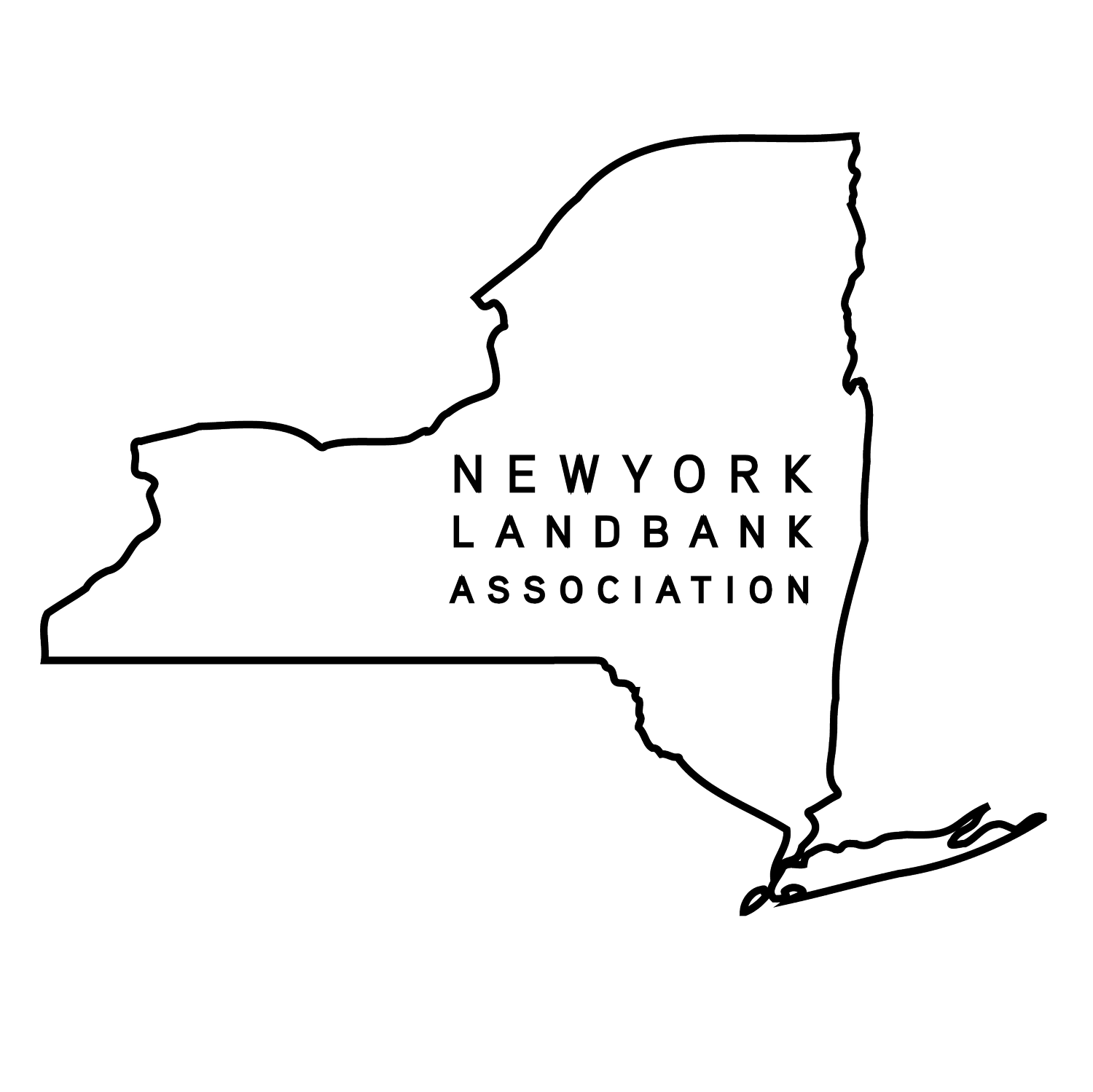It's been 12 years since the 2008 financial crisis devastated neighborhoods across the state, and many communities are still reeling from the effects. One is hard pressed to find a community in New York that doesn't have zombie properties. Upstate, cities like Buffalo, Rochester, Syracuse and Albany still struggle to recover from the one-two punch of population migration from urban centers to the suburbs and decades of systematic disinvestment caused by the discriminatory practice of redlining. The consequences have been devastating. Disparity between white and black home-ownership rates in the cities of Albany and Buffalo is among the widest in the nation. A recent study found that the life expectancy of a child born in Arbor Hill — in the shadow of the state Capitol — is seven years less than that of a child born in an adjacent affluent neighborhood.
Our rural communities continue to grapple with economic recovery and a lack of quality affordable housing. Rural blight remains rampant throughout the state. One must simply take a drive through the Southern Tier or Mohawk Valley to see the legacy of failed federal policies and the widespread financial misconduct of 2008 etched into the idyllic landscapes.
Across New York, communities have taken the fight against blight into their own hands. Gov. Andrew Cuomo signed New York's groundbreaking land bank legislation in 2011, enabling local governments to form the powerful nonprofit organizations. Today there are 25 land banks from Buffalo to Long Island, and 10 more are expected to be formed throughout the state. Funding provided by the attorney general's office, combined with local support, has enabled New York to quickly establish one of the most active and sophisticated networks of land banks in the United States.
Communities with land banks are showing incredible and measurable signs of progress, demolishing hundreds of blighted structures, achieving unprecedented levels of local ownership, reducing absentee landlordism and speculation, increasing the supply of quality affordable housing and returning private investment into neighborhoods where most financial institutions still fail to lend.
The number of vacant residential properties in Syracuse has declined by more than 20 percent over the past five years, and there are plans to create 50 affordable homes on vacant properties reclaimed by the Greater Syracuse Land Bank. Some neighborhoods in Albany are experiencing the first new construction in years, and the Albany County Land Bank is partnering with the city of Albany to redevelop more than 80 properties in distressed neighborhoods. The Greater Mohawk Valley Land Bank is transforming a tax-delinquent mobile home park in Herkimer into high-efficiency housing that will serve as a model for similar communities throughout the country. The list goes on and on.
However, the grant funding that has enabled so many land banks help communities change their trajectories is largely depleted, and funding has not been committed beyond the end of this calendar year. Without sufficient financial support from New York state, the number of blighted problem properties that New York's land banks can reclaim and the potential to transform more communities will be limited.
Land banks exist because historic policies, predatory practices and traditional approaches to reclaiming vacant properties have failed many of our communities. We have an opportunity to continue to invest in a proven solution that helps create the safe and affordable neighborhoods that all New Yorkers deserve. New York cannot afford to let its land banks remain unfunded.
Adam Zaranko is the President of the New York Land Bank Association and Executive Director of the Albany County Land Bank Corporation.
Commentary via Times Union, March 18, 2020 read published Commentary HERE
